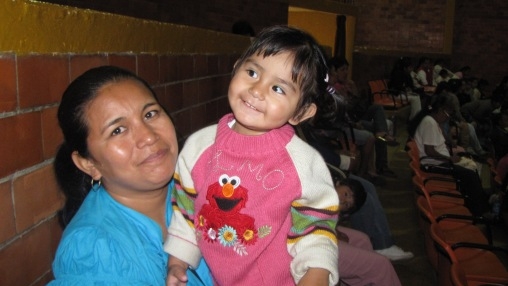Challenge
Describe the key sector/thematic issues at the regional or global level and examine how the strategy is linked to the overall macro work of the Bank. Provide background/contextual information (historical, geographical, crisis, MDGs, etc). Use past tense and dates to place the challenges in time. Maximum 250 words.
The financial crisis of the 1990s affected deeply Mexico and Colombia. In 1994, the Tequila Crisis hit Mexico. The economy contracted by more than 6%, unemployment rates more than doubled, and poverty rates increased from 52 to 69 percent. Soon after, Colombia found itself in a severe economic crisis: GDP growth declined by 4% - the only negative growth rate in 60 years - unemployment rates reached 40% among families in the bottom income quintile (from 21% in 1996), urban poverty rates increased from 42.8% to 51% and rural extreme poverty increased from 40.3% to 43.4%. Both countries lacked social safety nets, leaving its population in a particularly vulnerable situation.
Solution
In 1999, the World Bank started working with the Government of Colombia (GoC). After the Bank organized a visit of the GoC to Mexico to learn about a new type of program (Conditional Cash Transfers), Colombia asked the World Bank (WB) and the Inter-American Development Bank (IDB) to help them design and launch Familias en Acción. Responding to this request in 1999 was a challenge. According to Bank policy, loan money could not be destined for consumption, especially if the spending could not be monitored. The technical and legal teams worked together to design a results-based financing model, the first CCT loan by the Bank.
The model has been used by Bank teams in over 35 countries that are implementing CCT programs. Over the next 13 years, the Bank offered a series of knowledge, financial and convening services in response to government needs, including impact evaluations, a number of Development Policy Loans (DPLs) and Specific Investment Loans (SILs) to support education, training, and health system expansion and quality improvements (financial services), Programmatic Knowledge Services (PKSs), and study tours from other countries implementing similar programs.
The Bank’s engagement with the Mexican Oportunidades program went through a similar process; initiated by convening services. At the time of Mexico’s crisis, the country launched the first national CCT program, based on a city-design in Brazil. The program expanded rapidly and, by 2004, Mexico was the world leader in the program. Again, specific requests resulted in a bundle of services provided to the Government of Mexico (GoM) (first bi-annual CCT Conference in Cuernavaca, a client-to-client community of practice, a series of technical papers to strengthen design elements of the program, and in 2008 a loan).

